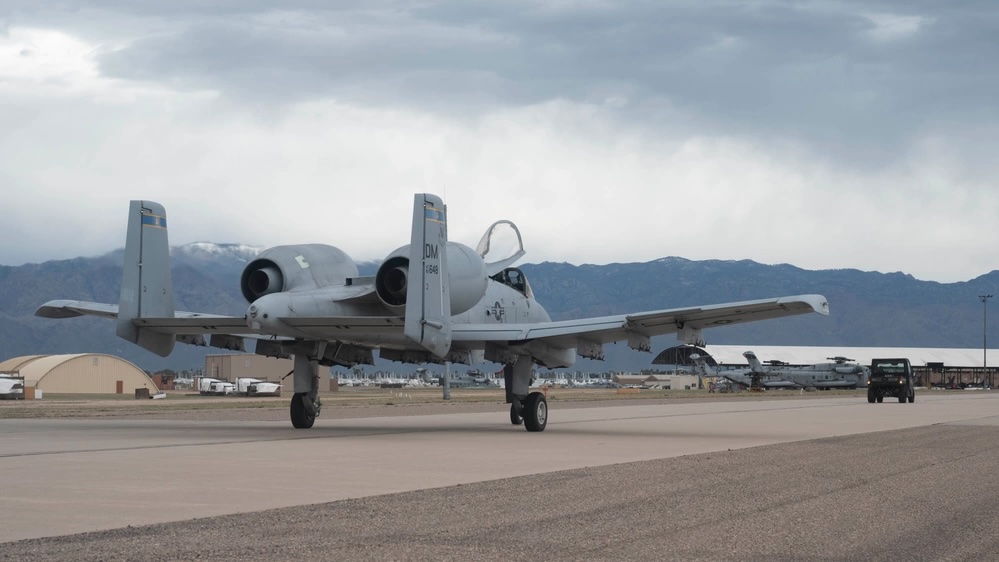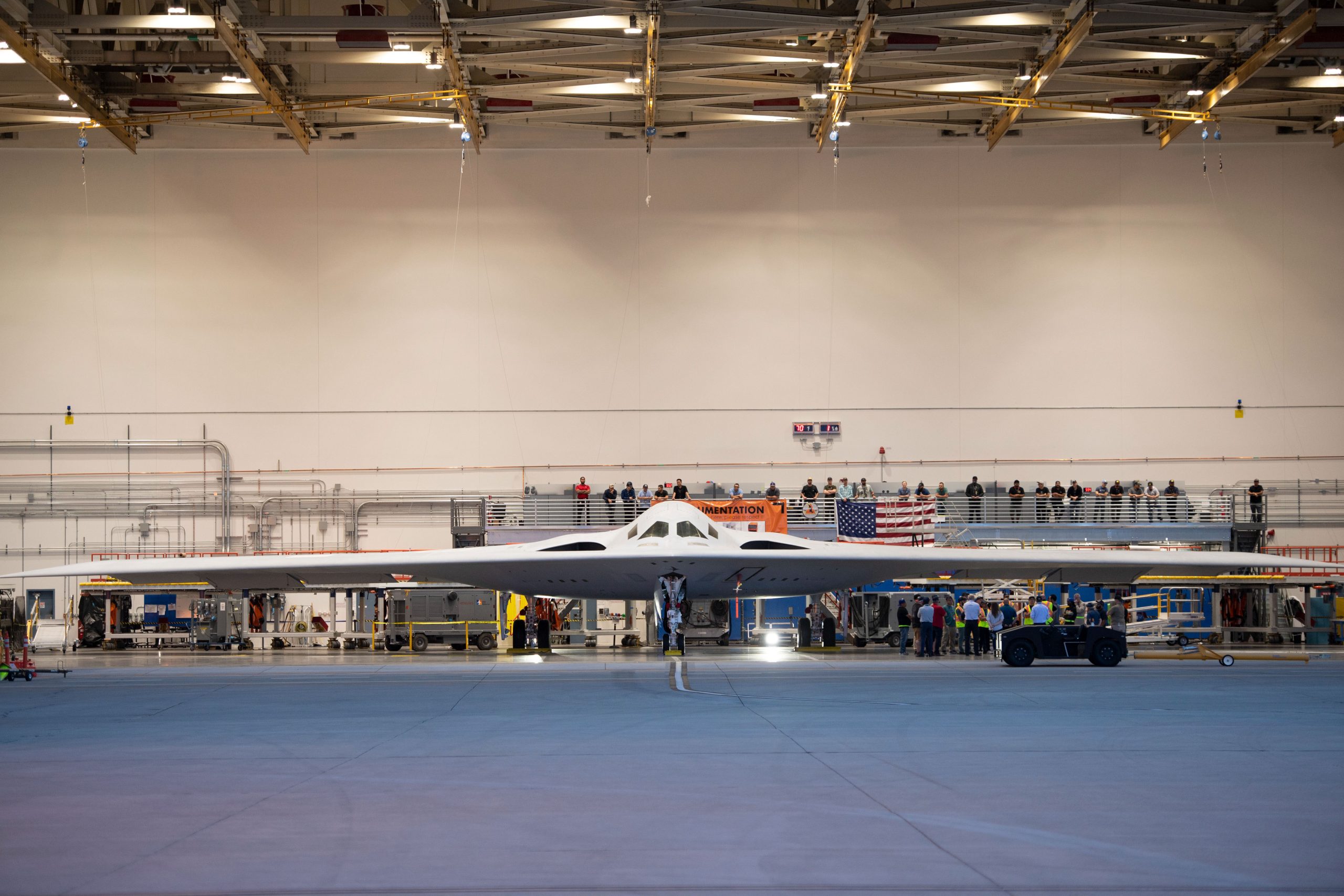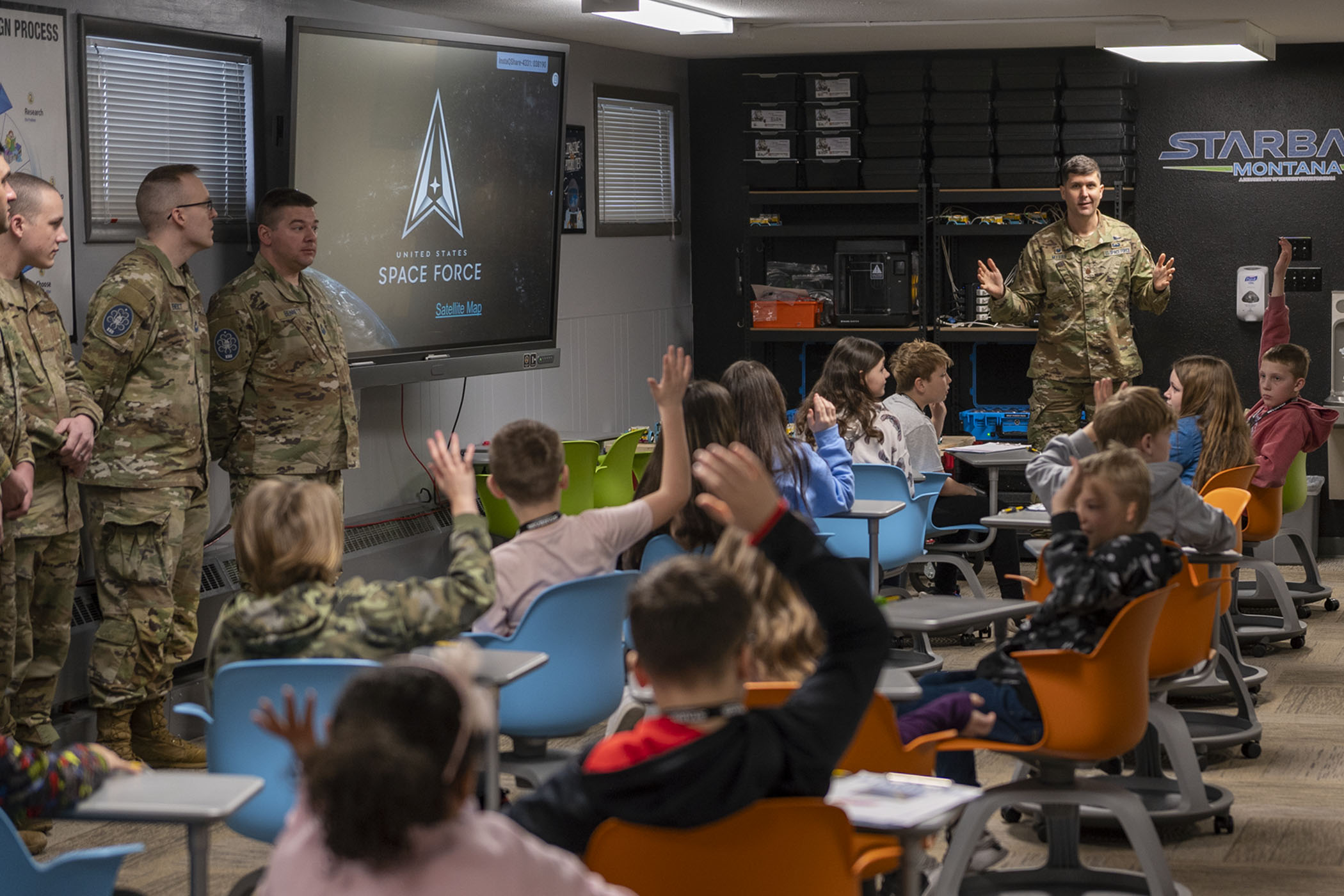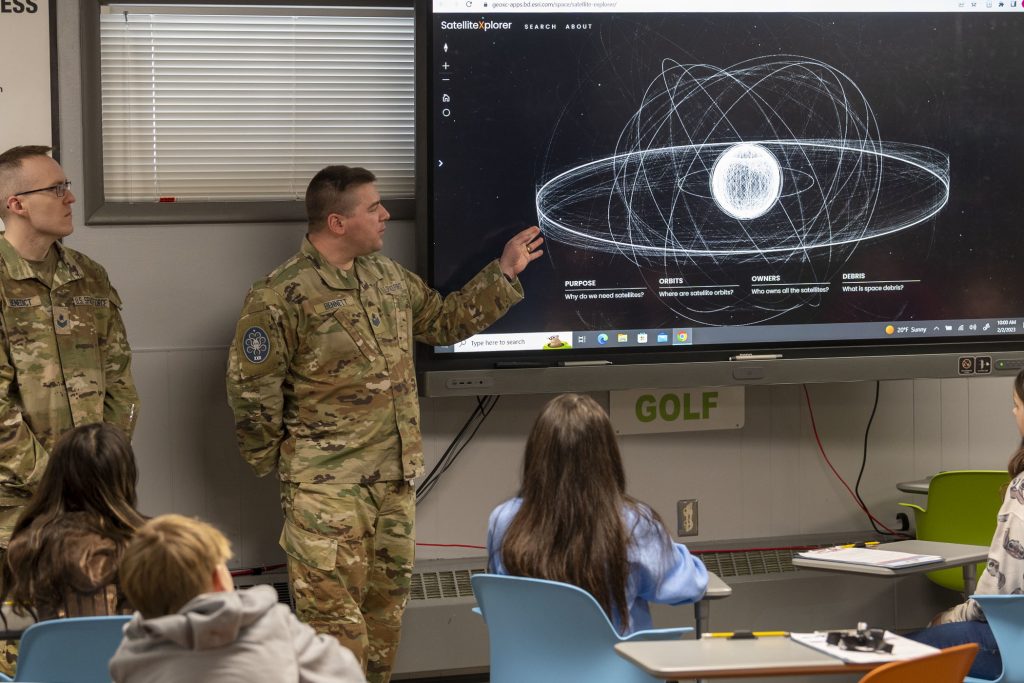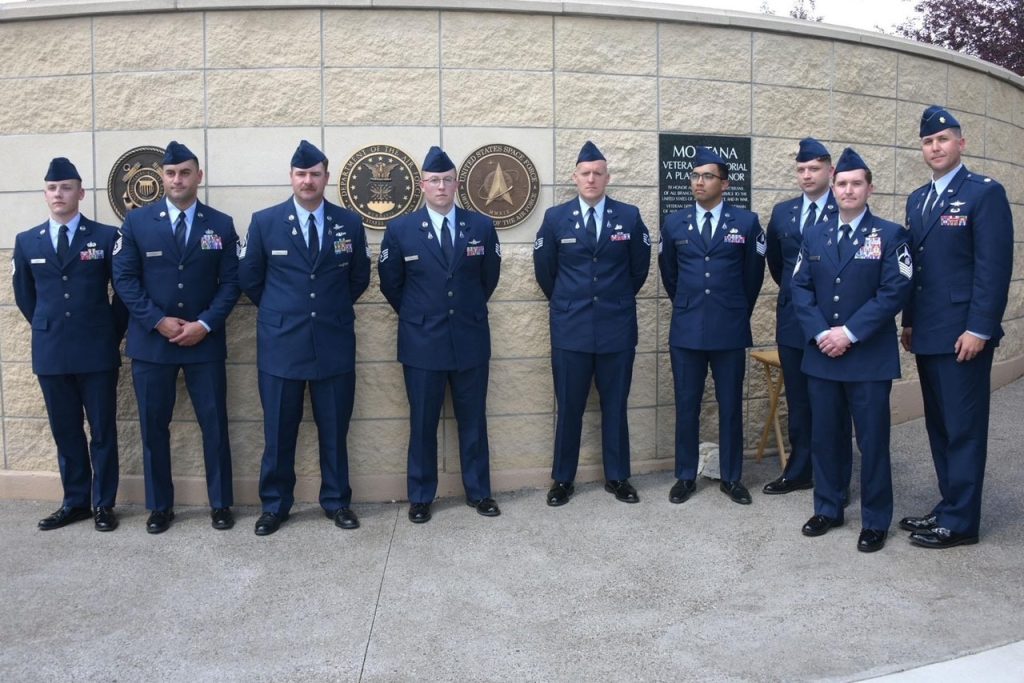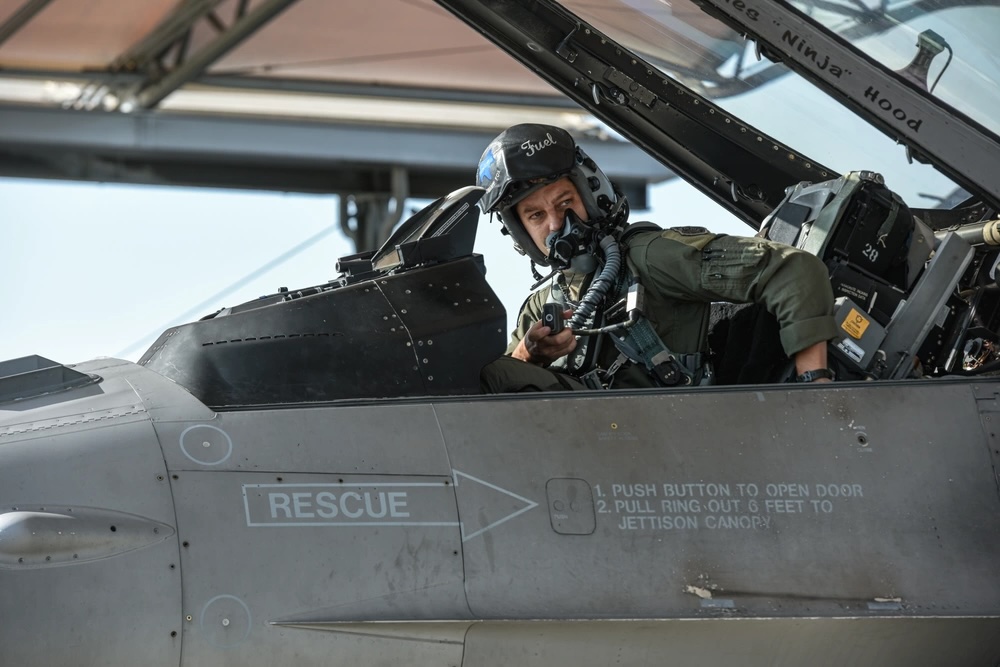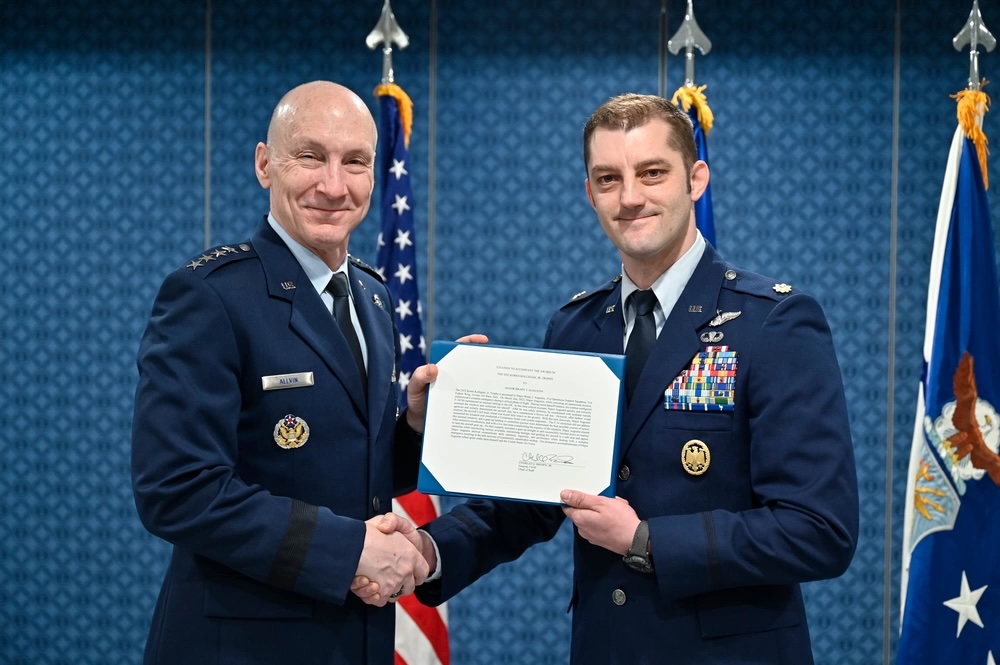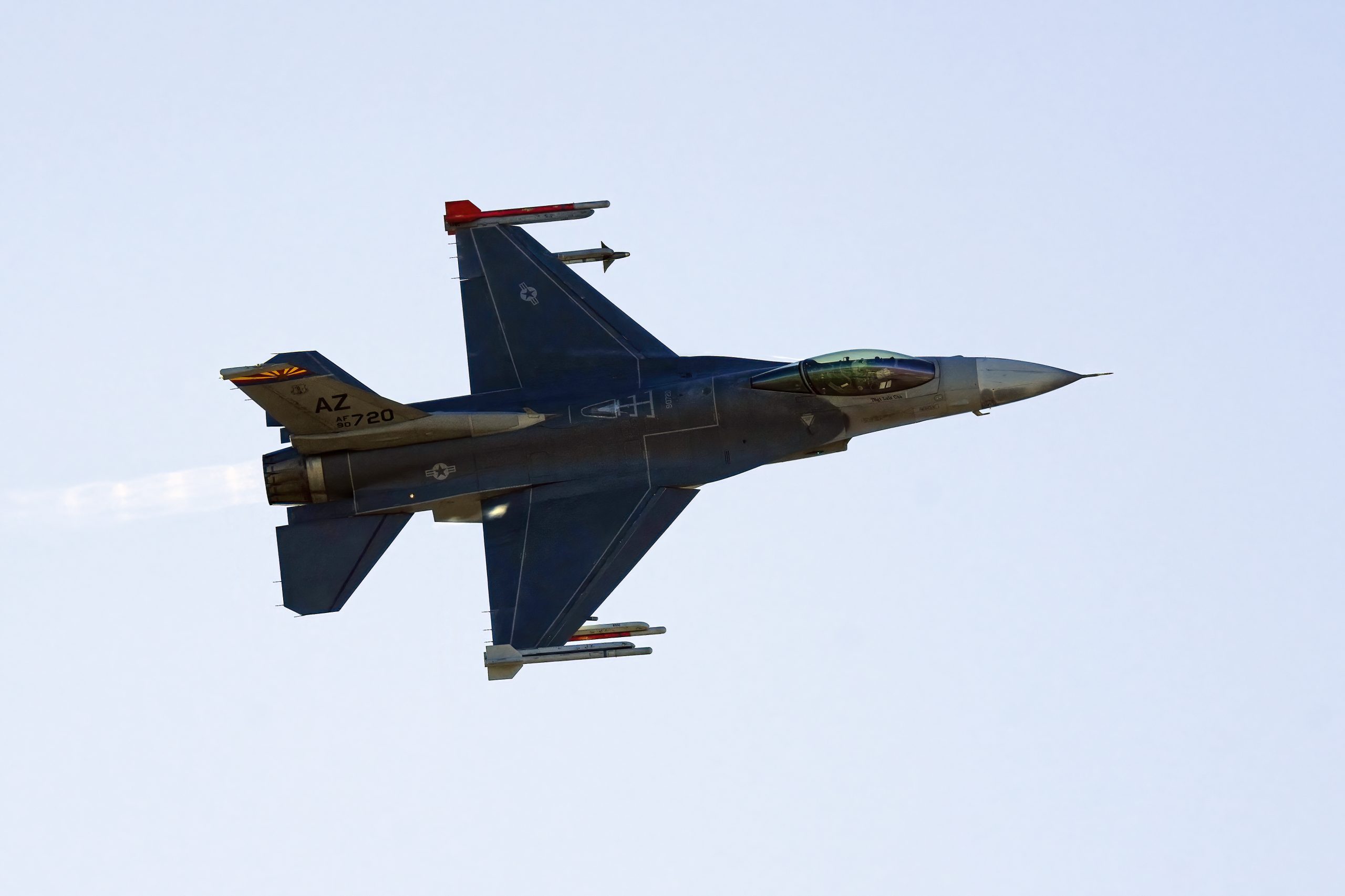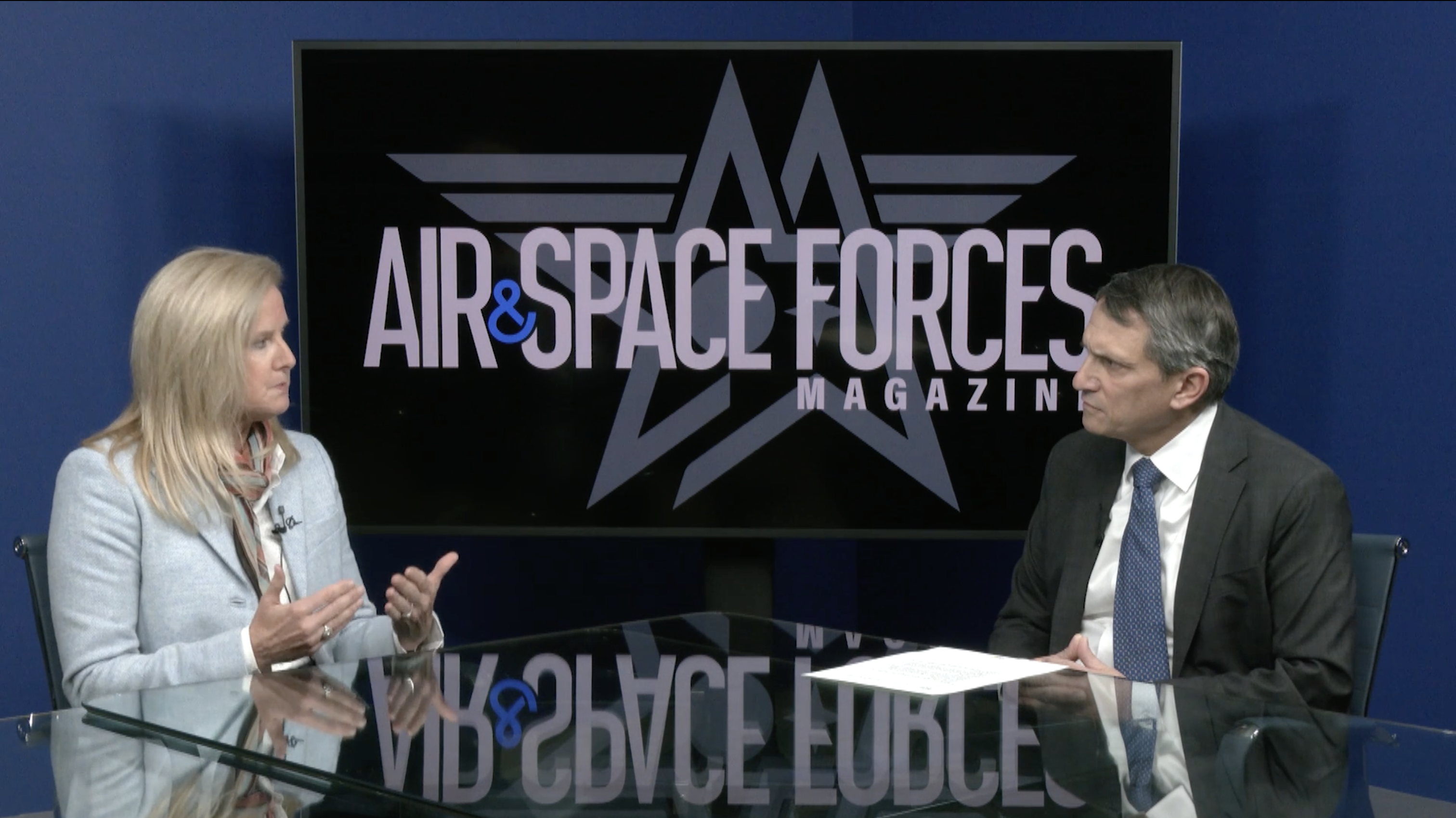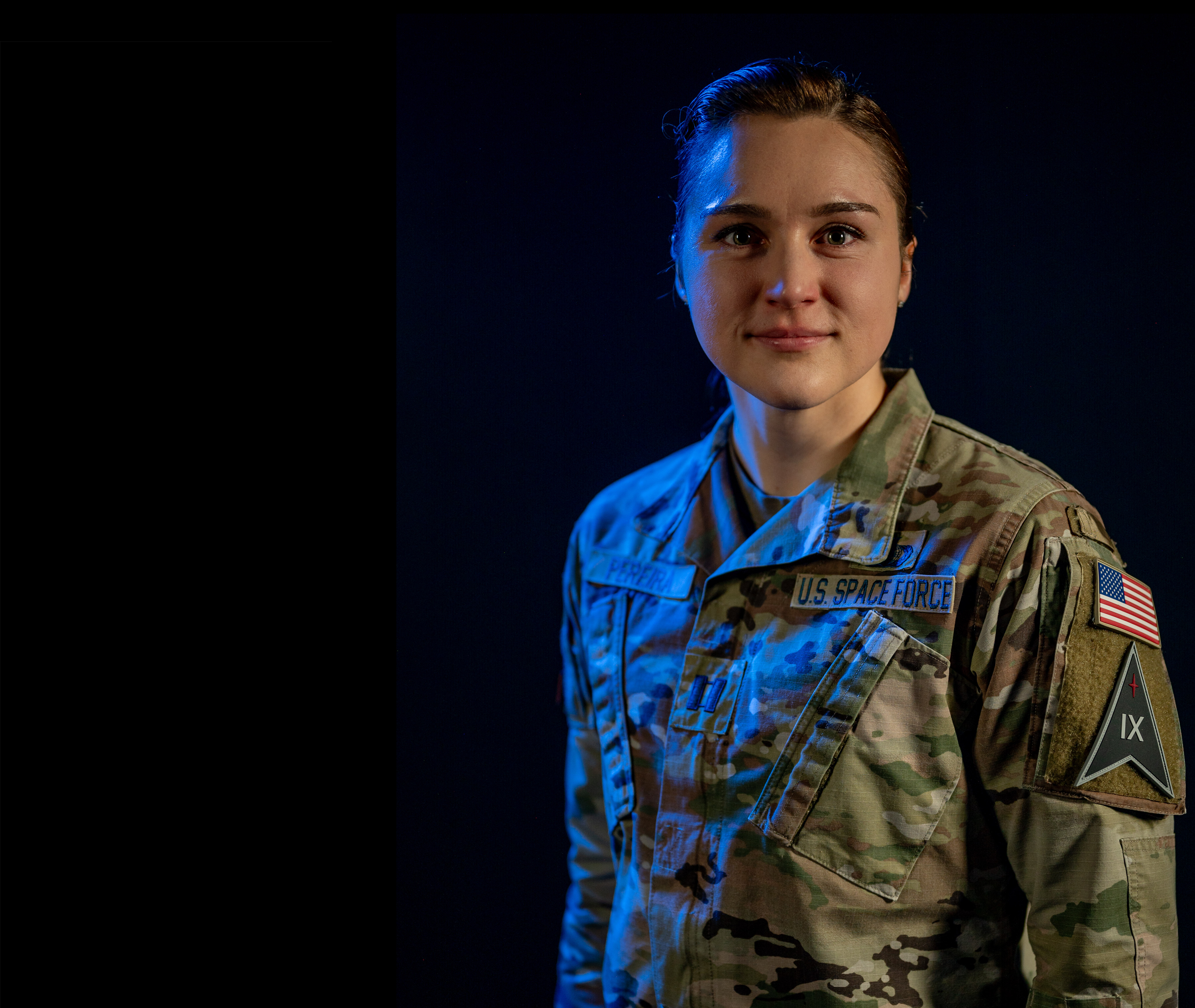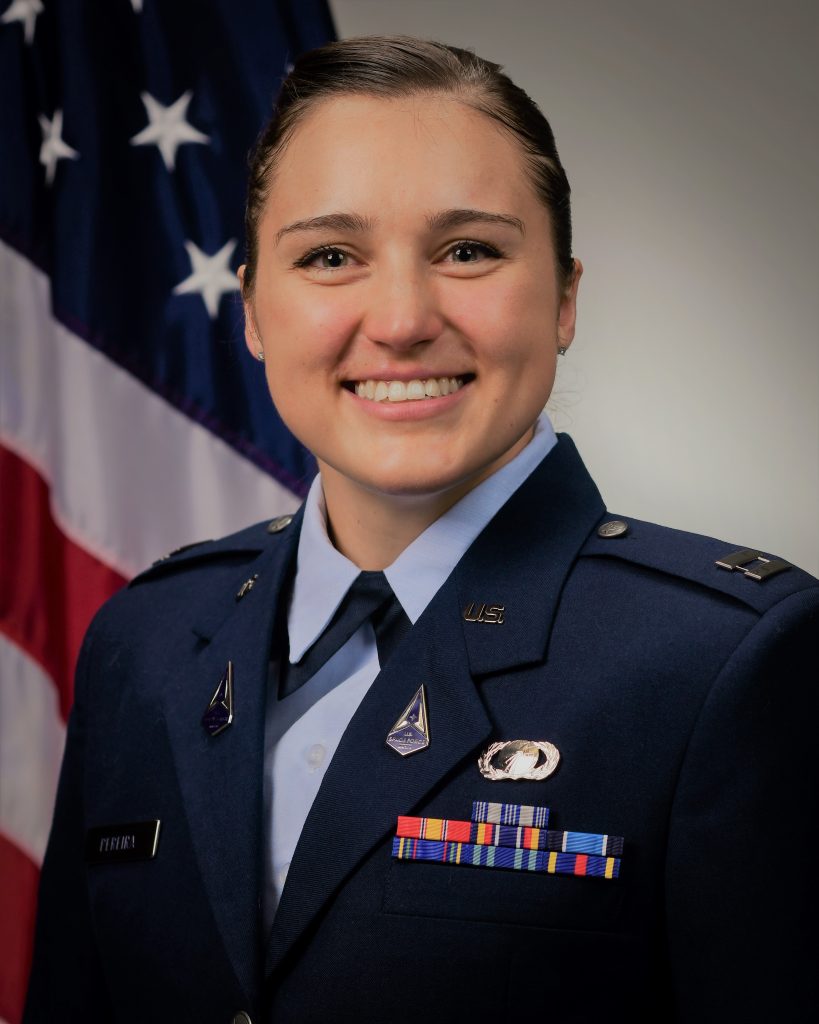Nearly 48 years after the A-10 Thunderbolt II first arrived at Davis-Monthan Air Force Base, Ariz., the base started its long transition to a new mission set by retiring its first attack jet.
Built in 1982, tail number 82-648 taxied out of the 354th Fighter Squadron and into the 309th Aerospace Maintenance and Regeneration Group, also known as The Boneyard, for final maintenance procedures Feb. 6. The jet is the first of 78 A-10s at Davis-Monthan that will be retired over the next three to five years.
“The A-10 has been the symbol of Davis-Monthan Air Force Base for many years, and it will continue to be a symbol for the Airmen of DM, a symbol of their commitment, excellence, and service,” Col. Scott Mills, an A-10 pilot and commander of 355th Wing, said in a press release.
Since entering service in the 1970s, the A-10, also known as the Warthog, earned a reputation for busting tanks in Operation Desert Storm, saving friendly troops with precise close air support throughout the Global War on Terror, and bringing pilots home thanks to its rugged construction.
“The plane, coupled with our high-level training standards, are the reasons so many of our joint and coalition forces returned home to fight another day—because they had A-10s overhead covering their six, or employing weapons to save their lives when nobody else could,” Col. Razvan Radoescu, 355th Operations Group commander, said in the release.
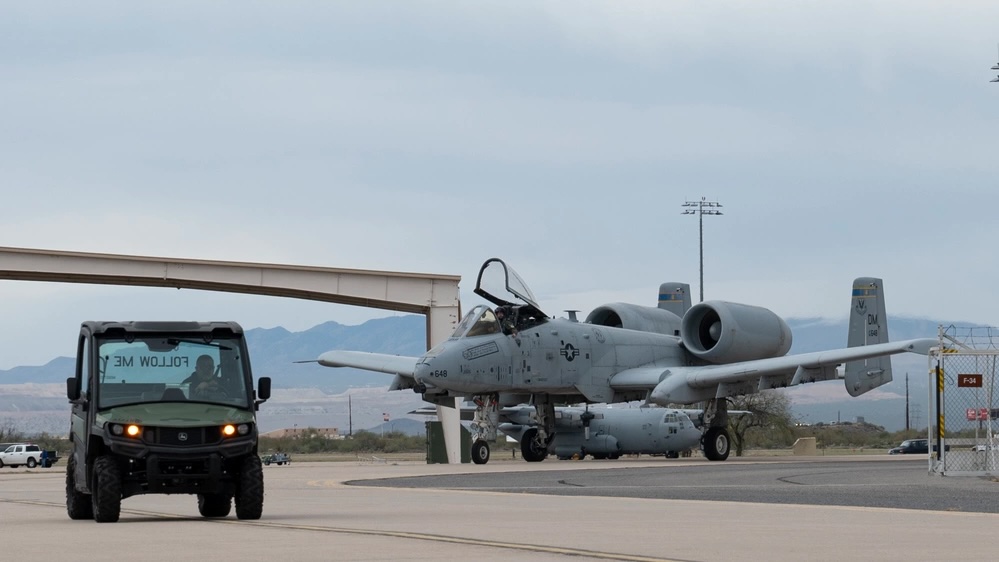
But as the aircraft ages and the Air Force seeks jets that it believes can survive in contested airspace, the branch aims to retire its entire Warthog fleet by 2029.
As the A-10s depart, the Warthog squadrons at Davis-Monthan will shut down, starting with the 354th Fighter Squadron this summer and fall. Most of the pilots and maintainers who flew and worked on them will disperse to other fighter squadrons across the service, an Air Force spokesperson said. Many of them may end up with F-35 Lightning II squadrons.
“Perhaps the biggest draw of future maintainers will be in the F-35 community,” Col. Clarence McRae, 355th Maintenance Group commander, said in the release. “Airplanes are still going to break, and we are still going to fix them.”
At Davis-Monthan specifically, the A-10 mission is set to be replaced in part by the 492nd Power Projection Wing, a new kind of unit that encompasses all of Air Force Special Operation Command’s missions: strike, mobility, intelligence, surveillance, and reconnaissance, and air/ground coordination.
The wing will be a mix of units gathered from across the country, including:
- One MC-130J Commando II squadron from Cannon Air Force Base, N.M.
- One OA-1K Armed Overwatch squadron from Hurlburt Field, Fla.,
- The 21st Special Tactics Squadron from Pope Army Airfield, N.C.
- The 22nd Special Tactics Squadron from Joint Base Lewis-McChord, Wash.
- The 492nd Theater Air Operations Squadron will activate at Duke Field, Fla., and transfer
Davis-Monthan will also gain five HH-60W helicopters from the 34th Weapons Squadron and 88th Test and Evaluation Squadron, which will relocate from Nellis Air Force Base, Nev. The moves will occur slowly over five years and pending an environmental impact analysis.
